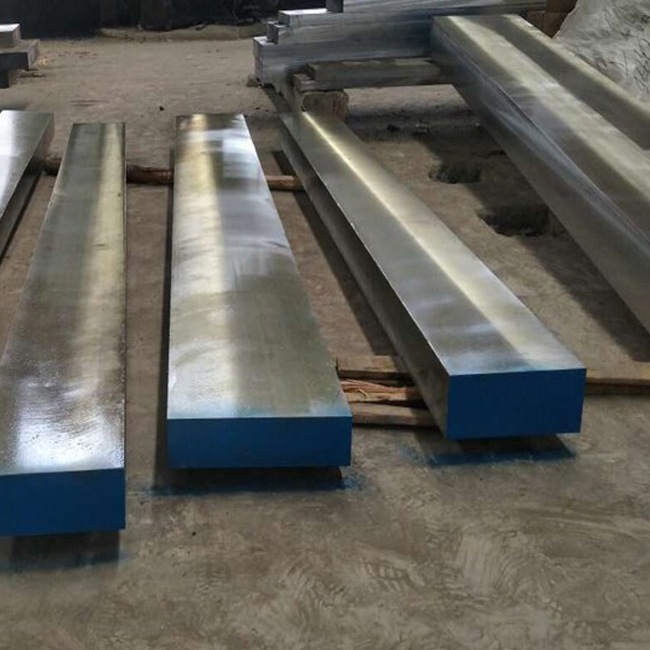Tel.: +86 714 3703 589 E-mail: [email protected]
Cold work tool steels are high carbon steels containing smaller amounts of manganese, tungsten, molybdenum, and chromium. They have good dimensional stability and hardenability. They are further classified into three subgroups:
Air-hardening steels.
High-carbon, high-chromium steels.
Oil- hardening steels.
Oil hardening tool steels are also known as group O steels consisting of O1, O2, O6, and O7 types. These steels have a high carbon content and an adequate amount of alloying elements, thus achieving better hardness when oil-quenched.
Type O1 consists of chromium, manganese, and tungsten
Type O2 is alloyed with manganese
Type O6 includes manganese, molybdenum, and silicon
Type O7 consists of chromium and manganese. They have higher tungsten content when compared to type O1.
Oil-hardening cold-work steels have high wear resistance due to the presence of high carbon content. They have low softening resistance at high temperatures. Type O6 minimizes galling and seizing of fully hardened steel and enhances machinability of annealed stock due to the presence of graphite in its microstructure. Type O7 has the best wear resistance among the O series steels, but hardenability is relatively low.

Undissolved carbides are retained in large amounts in the group O steels at normal hardening temperatures. The hardenability can be increased by increasing the hardening temperature, which increases grain size and alloy elements solution, thus dissolving excess carbide. Mechanical properties such as ductility and toughness of the steels can be largely affected by increasing the hardening temperature. The hardenability of oil-hardening cold-work steels can be measured using the Jominy end-quench test.
They have high wear resistance and can be softened at a temperature of about 205 to 260°C (400 to 500°F). These steels consist of 0.25% of molybdenum. The addition molybdenum helps improve hardenability of the steels. They contain carbide and ferrite in the annealed condition. Approximately 0.20% of carbon will be found as free graphite after annealing.
The following table shows the composition limits of the oil-hardening cold-work steels.
All the steels (except group W) contain 0.25 max Cu, 0.03 max P, and 0.03 max S; Group W contains 0.20 max Cu, 0.025 max P, and 0.025 max S. Where mentioned, sulfur can be increased from 0.06 to 0.15% to enhance the machinability of group A, D, H, M, and T steels.
The applications of the oil-hardening cold-work steels are as follows:
Shear blades, draw dies, stamping dies, coining tools, and burnishing tools.
Trimming, blanking, flanging, drawing, and forming dies and punches.
Machinery components and gages in order to achieve good dimensional stability and wear resistance properties.
Blanking and piercing die, gages, forming and banding rolls, shears, mandrels, lathe centers, reamers, broaches, threading dies, taps, and knurling tools.
Molds for wire cutting, rolling cutters, wheels, screw molds, and drawing dies in screw industry, and shaping wheels in steel tube industry.